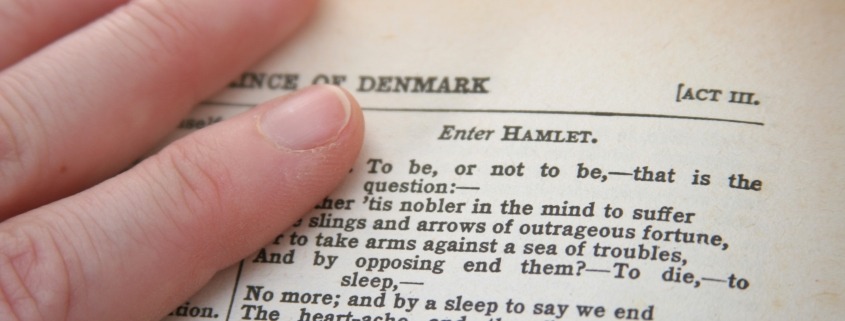A Look at the Monologue
What is a Monologue?
It can be difficult to categorize monologues because there are so many hybrids and styles, but at its core, a monologue is a speech presented by a single character. Monologues can either address other characters in the scene, or it can be a character talking to themselves before an audience. Monologues typically reveal a character’s feelings, inner thoughts, or motivations and play an important role in the narrative’s progress, giving audience members specific details about the character or plot.
What is the Purpose of a Monologue?
In storytelling, monologues serve a specific purpose: to give the audience more details about the plot or about a character. Monologues are a great way to share the internal thoughts of a character, to reveal the backstory of a character, or to give specific plot details.
Monologues are so popular because, most of the time, they are self-contained speeches with a beginning, middle, and end. Monologues present audiences with a meaningful, entertaining character and story in a short span of time. Oftentimes, audiences are left wanting to know more, even after a conclusive ending. These bite-sized stories are endlessly entertaining to watch and to write!
How to Write a Monologue
Monologues often feature a main character facing a dilemma, whether it is autobiographical or completely fictional. Monologues can also be self-contained speeches that aren’t within a book, film, or play. These self-contained dramatic monologues can still show build-up to an important decision or event, reference past events to reveal backstory, and progress character development.
Character
The monologue only presents the point of view of a single character, which can be an advantage and a challenge at the same time. They are written in first person and always have a defined audience in mind. As a result, the spotlighted character should have something important to say or share with the audience. Otherwise, why do they have a monologue?
Motivation
To write a strong monologue, get to know your character’s voice and dig into their motivations, desires, and backstory. Why is it important they make this speech now? What is driving them to reveal or discuss their dramatic situation? Successful monologues will display a character expressing a range of emotions about their dramatic situation while sticking to one central idea or theme.
Plot
Can there be a plot in a self-contained dramatic speech? Absolutely! Dramatic monologues will build steadily toward a climax like any other literary form. The beginning of the monologue is used as set up to buildup to this pinnacle moment. The climax of the speech may be the revelation of a secret, a moment of self-realization, or a decision made.
Form
There are many different types of monologues in English literature. There are more poetic forms, like those used by Shakespeare, and more contemporary forms that use everyday language. The type of monologue someone wants to write often determines the literary devices they will use, such as rhyme, repetition, or imagery. However, regardless of the type, whether the monologue is written in loose prose or strict iambic pentameter, all monologues should feature good rhythm and pacing, especially if they are meant to be read aloud or performed.
Want to learn more about writing a monologue? Keep an eye on the Life Enrichment Center’s calendar to see when Monologues for Beginners is offered next!





Leave a Reply
Want to join the discussion?Feel free to contribute!